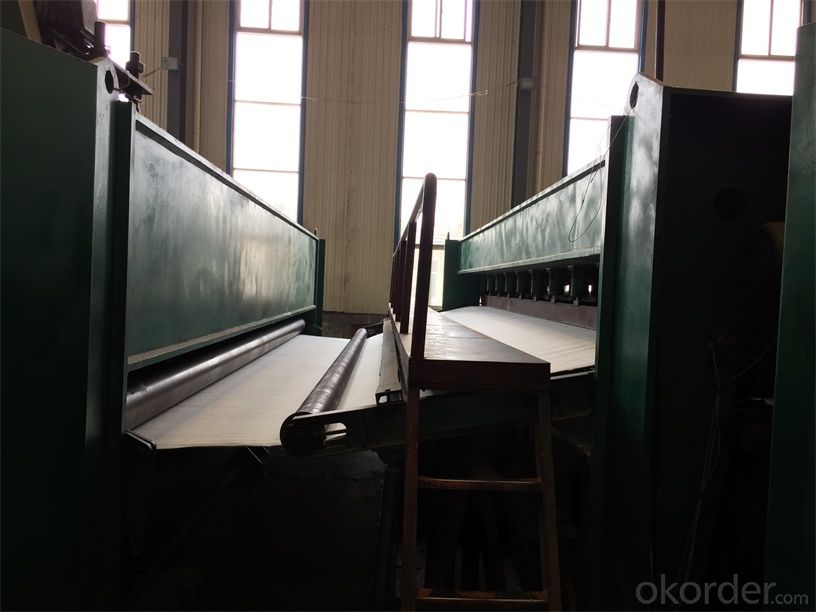- Understanding the Role of Geomembrane Liners in Waste Management
- Innovations in Geomembrane Liners for Water Management
- Geomembrane Liners: A Comprehensive Guide
- The Future of Geomembrane Liners in Civil Engineering
- Geomembrane Liners: Enhancing Landfill Stability
Manager:
WhatsApp:+86 177 0135 2670
Tel:+86 177 0135 2670
Email:marketing@okorder.com
Address:3rd Floor, No.2 Building, No.1 Sanlihe Road
HDPE Geomembranes: The Protective Layer for Ponds in Chemical Plants
Imagine a world where our chemical plants are devoid of the protective layer that safeguards our environment from the hazardous chemicals they produce. It's a daunting thought, isn't it? But fear not, for we have the hdpe Geomembranes, our unsung heroes in the realm of pond protection. These versatile and robust materials are the first line of defense against potential environmental contamination, ensuring that our chemical plants operate safely and sustainably.

The Wonders of HDPE Geomembranes
HDPE, or High-Density Polyethylene, is a type of plastic that boasts impressive properties. It's resistant to chemicals, UV radiation, and has a remarkable lifespan. When crafted into geomembranes, these properties translate into a reliable barrier that can withstand the test of time and the harsh conditions within chemical plants.
A Protective Shield for Ponds
Ponds in chemical plants are not just water bodies; they are integral to the plant's operations. They hold treated effluent, store rainwater, and sometimes even serve as a buffer against accidental chemical spills. An HDPE geomembrane acts as a protective shield, preventing any contaminants from seeping into the soil or water sources.
Installation: A Seamless Process
The installation of HDPE geomembranes is a well-thought-out process. It involves careful planning, precise measurements, and expert craftsmanship. The seams are heat-welded, ensuring a watertight and contaminant-free barrier. This meticulous attention to detail is what makes these geomembranes so effective.
The Environmental Impact
While we're on the topic of environment, let's talk about the footprint of these geomembranes. They are made from recyclable materials, reducing the overall environmental impact. Moreover, their durability means they don't need to be replaced as frequently, further contributing to a greener solution.
Cost-Effective and Long-Lasting
Investing in HDPE geomembranes might seem like a significant upfront cost, but it's a wise decision in the long run. These membranes are cost-effective, as they require minimal maintenance and have a long service life. This translates to savings for the plant and less worry about potential leaks or failures.
The Human Touch
Behind every HDPE geomembrane is a team of dedicated professionals who ensure that each layer is perfect. From the engineers who design the system to the technicians who install it, there's a human touch in every step of the process. This personal dedication is what sets HDPE geomembranes apart from other solutions.
The Future of Pond Protection
As we look to the future, the role of HDPE geomembranes in pond protection will only grow. With advancements in technology and materials, we can expect even more robust and efficient solutions. The commitment to environmental protection and sustainable practices will continue to drive innovation in this field.
In Conclusion
HDPE geomembranes are more than just a protective layer; they are a symbol of our commitment to safeguarding the environment. They are the silent sentinels that stand guard over our chemical plants, ensuring that we can produce the chemicals we need without compromising the safety of our planet. So, the next time you pass by a pond in a chemical plant, remember the HDPE geomembrane beneath the surface, working tirelessly to protect us all.
- Previous:HDPE Geomembranes: The Ideal Material for Ponds in Wastewater Treatment
- Next:HDPE Geomembranes: The Solution for Ponds in Green Roof Systems






